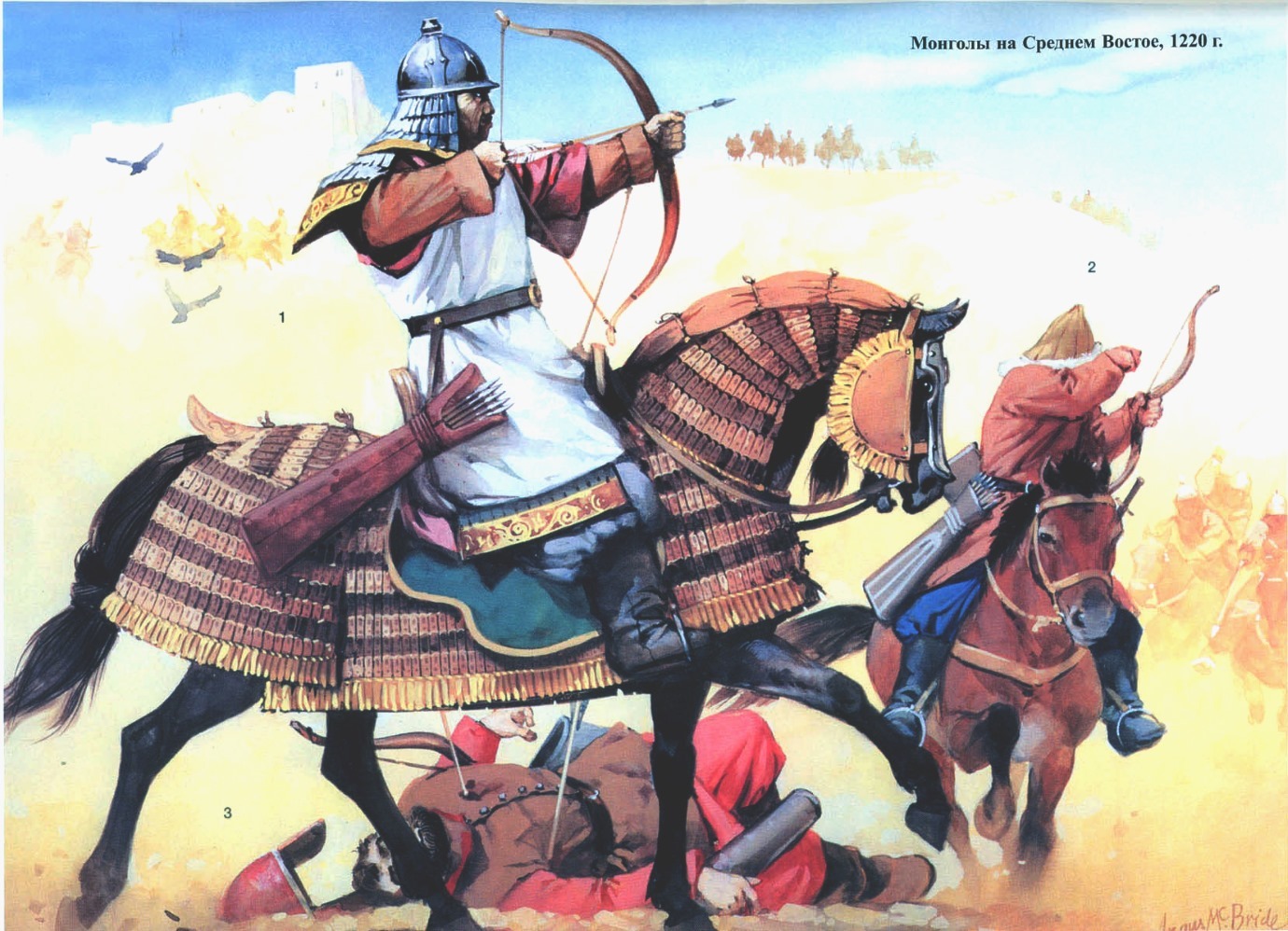The traditional tactics of Eurasian nomads envisioned engaging in close combat only as a last resort. Only when the enemy’s best warriors had fallen, and the enemy army was breaking its ranks, steppe commanders struck a decisive blow, surrounding the enemy and occasionally using heavy cavalry.

This is how Genghis Khan and his descendants fought, and Hagan Attila, and even Tamerlane, although the latter had a more complex army. But for this they required really a lot of arrows. Especially considering that most of the shots would fly past the target, others would be reflected by shields, others would hit armor.
So where did the nomads get the wood, tips, and plumage for their arrows? Considering the fact that hundreds of thousands of them were needed for one battle alone?
The Mongols preferred to make the shafts of their arrows from willow, and in its absence — from birch. But if necessary, shoots and stems of aquatic plants or shrubs, for example, some types of reeds, could be used. Also, almost any log that was split into smaller pieces could be used for this purpose. This required some time and special skills. But those people at that time had the time and skills.

Even now, one-fifth of Mongolia is made up of forests. And there are countless rivers. In the Middle Ages the Mongolian world was even bigger, it included the lands of modern Buryatia and Tuva. That is why any herdsman during seasonal migrations could always visit the nearest forest to stock up on wood for arrows and making household utensils. And rivers, where cattle drank, were visited much more often.
The ability to make arrows (but not bows) was part of the way of life, and therefore was widespread. As you understand, a person living a subsistence economy did not buy and sell them. It was not for nothing that Genghis Khan instructed his warriors to take a pouch with tips and a stone used for sharpening them. If the arrows ran out, everyone had to replenish their supply on their own. Although there was also a centralized supply during major military campaigns.
As for plumage, eagle feathers were considered the best — you can find them in the steppe, as you understand. But even if you exterminate all the eagles in Mongolia, it may not be enough for a really large army. That is why archers did not disdain feathers of kites, geese, roosters and often reused them.

Nevertheless, it was the arrow shaft that was considered the main consumable material — feathers and tips could be used repeatedly. That is why Mongol campaigns were like moving from one river to another. Remember the battles at Kalka, Vozha, Piana, remember the Battle of Kulikovo. All of them were given near a large body of water not only so that the nomads had a place to water their horses. Also important was the fact that there could be found a tree for arrows.
In addition, the shooting was not aimed, but at large groups of the enemy. Therefore, many volleys went by. After the battle, arrows could be picked up and repaired if necessary. Also, the Mongols took at least a few horses with them to war. Two or three were used in battle and the rest carried supplies. As a result, each warrior was able to take several additional quivers on a campaign — in addition to the two he carried with him.
Moreover, it is widely known that Genghis Khan and his successors reported about the necessary number of arrows in advance. For example, they could say that we would take five quivers for a campaign against Khorezm Shah. And woe to that Mongol who would disobey his lord!

In addition, there was a possibility to use trophies. The Chinese, Tanguts, Khorezmians, Kipchaks, Bulgars, Russians, Hungarians were themselves masters of long-range combat and used composite bows similar to Mongolian bows. Sedentary states and even steppe cities created large stocks of arrows centrally.
Thus, in each fortress could be found a couple of tens of thousands of arrows, and in the capitals, probably, much more. At the same time, the capitals of principalities and entire countries Mongols took countless. But, I repeat, the most important source was still self-sufficiency.
